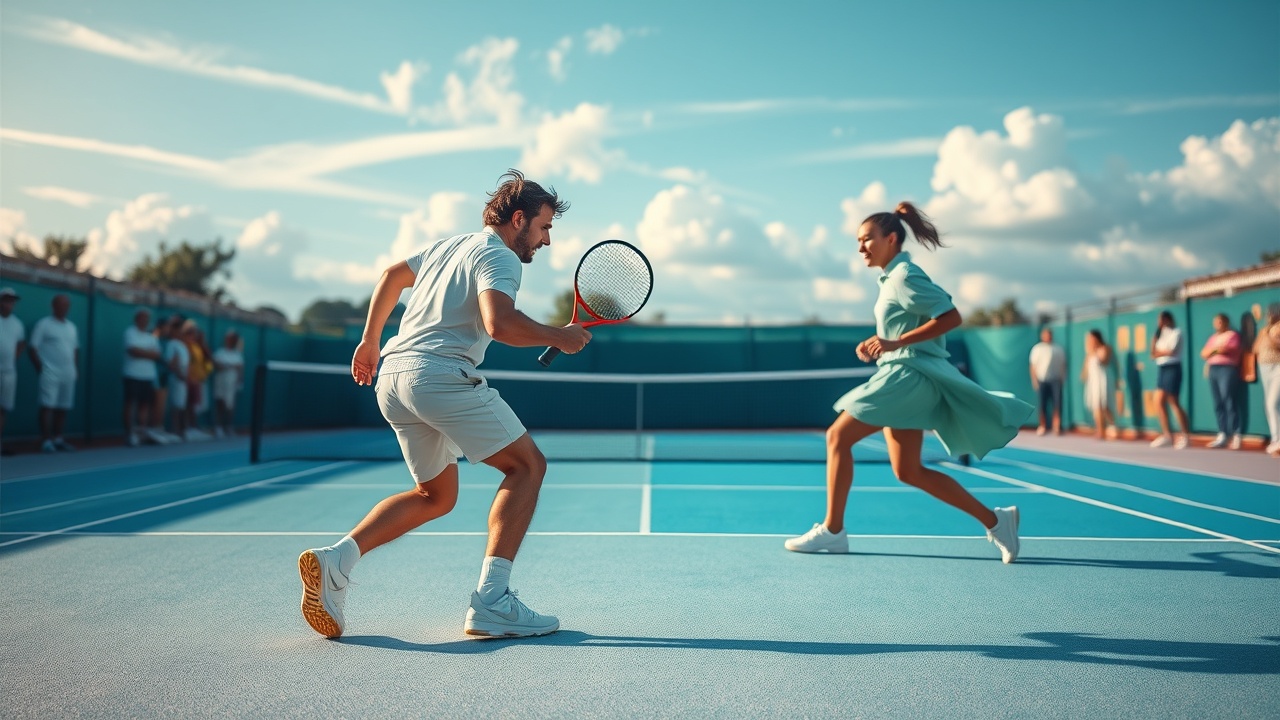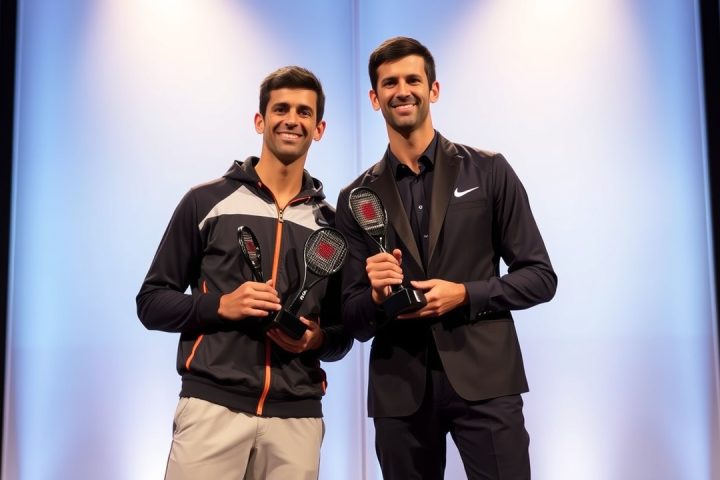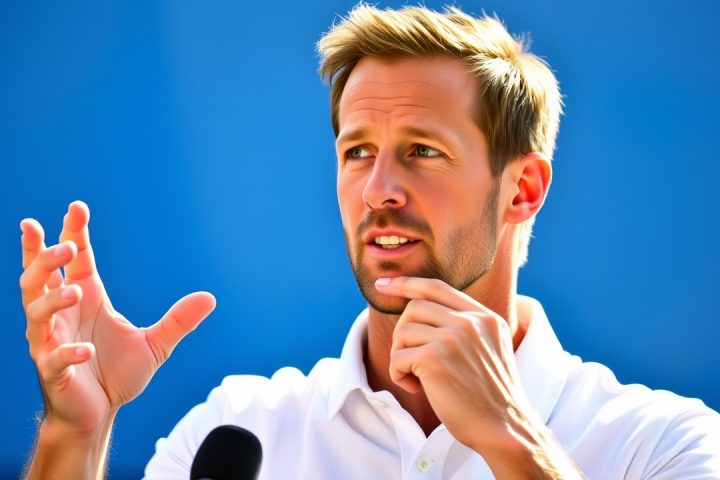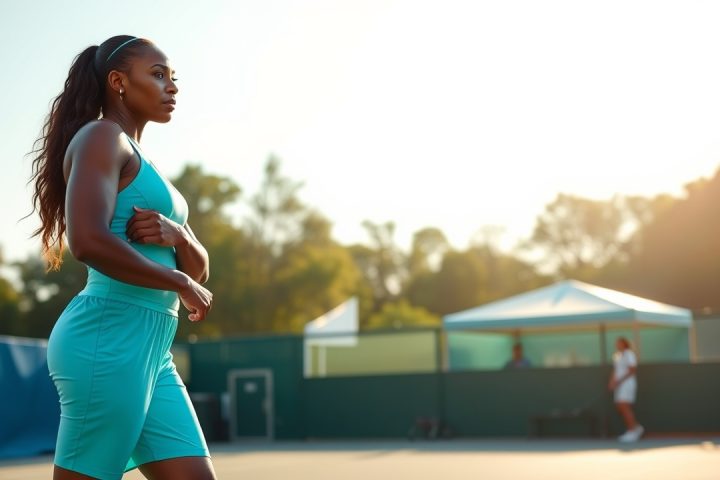Overview of the ‘Battle of the Surfaces’
In May 2007, tennis witnessed a peculiar showdown between two of its greatest players, Rafael Nadal and Roger Federer, in a match famously dubbed the ‘Battle of the Surfaces.’ Hosting approximately 7,000 spectators in a temporary venue in Palma Majorca, the event aimed to illustrate the contrasting dynamics of playing on grass versus clay courts. It was an unusual contest with one half of the court covered in grass and the other side in clay. This unique setup required both players to adapt their gameplay constantly, a skill typically refined over a longer period during the transition from clay to grass tournaments throughout the season.
Differences Between Grass and Clay Courts
The differences between grass and clay courts are stark. Clay, composed of crushed brick, slows down the ball significantly compared to the fast-paced, skidding nature of grass. For instance, a serve clocked at 100 mph would be reduced to about 78 mph on clay, while on grass, it would only slow to 92 mph. Moreover, the angle of the bounce differs: a ball hitting clay can deviate higher and demands players to stand farther behind the baseline, whereas the ball on grass bounces relatively flat and retains a predictable trajectory.
Challenges for the Players
This match was particularly challenging for both Federer, who was a formidable presence on grass with an undefeated streak of 48 matches at the time, and Nadal, the reigning champion on clay, with an impressive unbeaten record of 72 matches on the surface. This context added complexity as each player had to adjust not just technically but physically, with both experiencing strain as they shuffled along contrasting surfaces. British doubles player Emily Webley-Smith, with her extensive experience, dubbed this physical discomfort ‘Grass Arse,’ emphasizing the challenges players face when transitioning between court types.
Adaptations in Training Methodologies
Webley-Smith, who has navigated similar surface changes throughout her career, highlighted how training methodologies adapt when moving from clay to grass, stressing the need for shorter, explosive drills due to the different nature of rallies on grass. In contrast to the lengthy exchanges typical on clay, rallies on grass are often swift, demanding a completely different tactical approach.
Historical Context and Player Adaptation
Historically, succeeding on both surfaces within the same season is a formidable feat. Only a select group of players, including legends like Björn Borg, Roger Federer, and more recently Carlos Alcaraz, have achieved this dual success by winning both the French Open and Wimbledon in one year. The challenge of this transition has also been reflected in the careers of numerous champions who have struggled to master both surfaces, with Pete Sampras and Andy Murray the notable examples.
Modern Training Approaches
As players today prepare to face similar challenges, innovative training methods emerge, like that of American player Peyton Stearns, who in her quest for grass-season readiness, posted a video of her training on a faux grass surface. However, many athletes still find adjusting habits dictated by their early training in their formative years on different surfaces—clay for many in Europe, hard courts for players globally—an uphill battle.
Conclusion
Despite ongoing advancements in tennis technology, the impact of playing surfaces remains profound on gameplay styles. The memorable Battle of the Surfaces match, which was laboriously constructed over 19 days at a staggering £1.2 million cost, culminated in a win for Nadal in two sets to one, though this result quickly slipped from public memory. Whether through historical flashbacks or modern training adaptations, the contrast between grass and clay continues to captivate tennis enthusiasts, showcasing the sport’s rich and varied dimensions.




